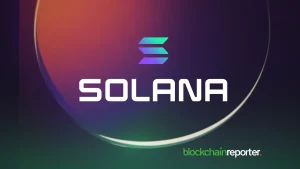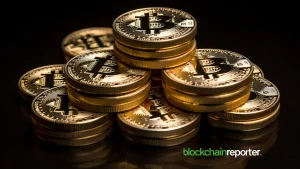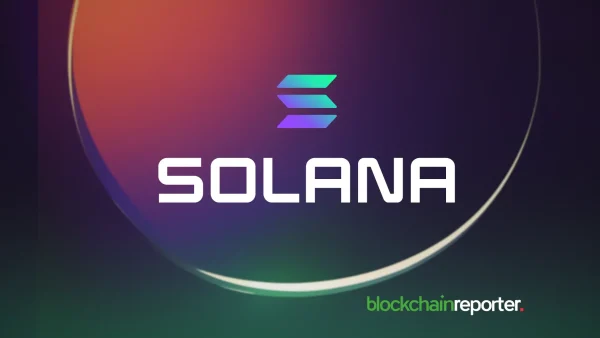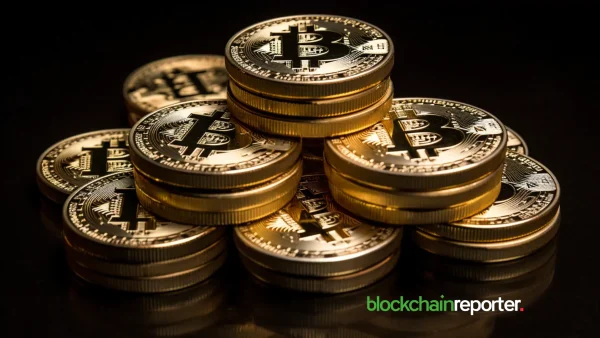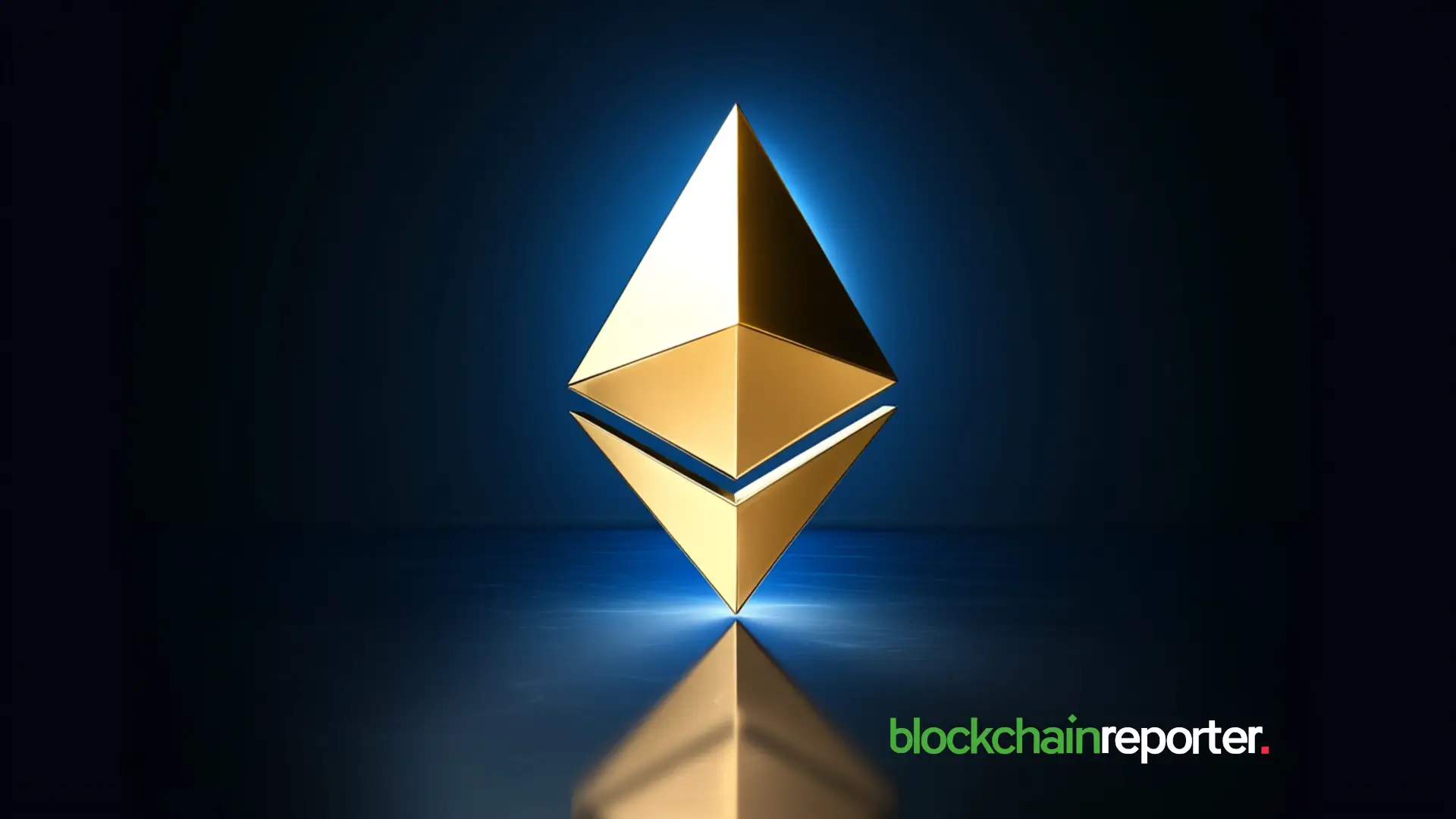
Recent reports from CryptoQuant have sparked discussions in the cryptocurrency community about Ethereum’s latest upgrade, Dencun, and its implications on the blockchain’s economic model.
The Dencun upgrade, which was intended to enhance network efficiency, appears to have inadvertently shifted Ethereum from its trajectory towards becoming “ultra sound” money—a term used to describe a superior form of “sound money” that not only retains value but potentially increases it over time due to a decreasing supply.
Ethereum had been on a path to reduce its total supply through mechanisms introduced by EIP-1559 and The Merge. These changes aimed to make Ethereum deflationary, where the rate of new $ETH creation would be outpaced by the rate of $ETH being burned (destroyed) during transactions. However, the Dencun upgrade has adjusted this dynamic by reducing transaction fees and, consequently, the ETH burn rate, which has led to an increase in the supply of $ETH.
The Economic Impact of Reduced Transaction Fees and Burn Rate
The Dencun upgrade has effectively decoupled Ethereum’s transaction fees from network activity levels. This adjustment means that even when the network experiences high activity, the burn rate of ETH—previously a key deflationary feature—remains low. This results in lower transaction fees for users, which is beneficial for those transacting on the network, but it complicates the previously established deflationary mechanism set by The Merge. For Ethereum to maintain its deflationary status post-Dencun, the network would now require a much higher level of activity.
This development poses significant questions about Ethereum’s economic model and its future as “ultra sound” money. The reduction in ETH burned per transaction not only challenges the deflationary aspect but also alters investor perception about the long-term value of Ethereum. CryptoQuant’s analysis highlights that while users benefit from lower fees, the broader implications for Ethereum’s supply dynamics and its appeal as an investment could be affected.
The response to these changes has been mixed. On one side, users and developers appreciate the lower fees as they improve usability and accessibility of the Ethereum network, especially for decentralized applications (dApps) and smart contracts. On the other side, investors and economic theorists who championed the “ultra sound” money concept might need to adjust their expectations and strategies in light of these new developments.
As the community digests the impact of the Dencun upgrade, it’s clear that Ethereum’s journey towards becoming “ultra sound” money is not as straightforward as previously thought. The balance between reducing fees for network efficiency and maintaining a deflationary supply is delicate. The challenge for Ethereum’s developers and the broader community is to find a sustainable path that supports both operational efficiency and economic principles.
Looking Ahead: Ethereum’s Path Forward
What does this mean for Ethereum’s future? The reduction in the burn rate requires careful observation of network activity and its effects on Ethereum’s overall supply. Analysts, including those at CryptoQuant, suggest that monitoring these trends is essential for understanding the long-term economic implications of the Dencun upgrade.
Furthermore, this situation opens up discussions about potential adjustments or additional upgrades that could help realign Ethereum with the “ultra sound” money narrative. As the ecosystem continues to evolve, the decisions made by developers, users, and investors will shape the future direction of Ethereum and its economic model.

